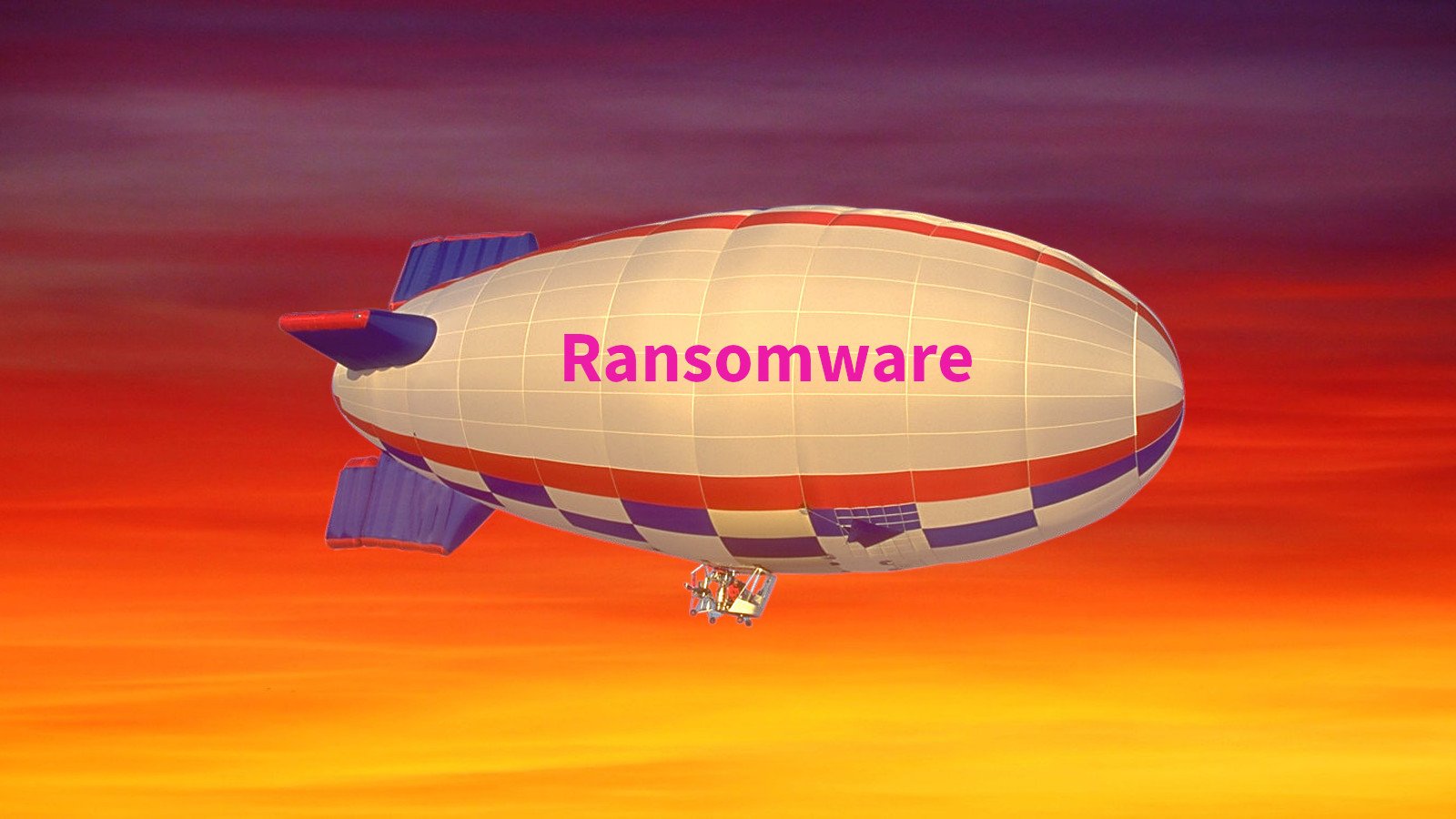Microsoft is warning against a malware campaign by STRRAT, a RAT first spotted in June 2020. It camouflages as ransomware and supports various features such as logging keystrokes, collecting browser passwords, and running remote commands and PowerShell. Organizations should stay alert and offer training to their employees to spot phishing emails.
Does the CodeCov supply chain attack has echoes of SolarWinds? More victims surface with time in yet another months-long ripple effect of a supply chain attack. Users of Codecov are suggested to perform a thorough scan of their CI-CD pipelines and change their secret keys and passwords.
The potentially exposed information includes names, dates of birth, postal addresses, telephone numbers, and email addresses, SSNs, driver’s license, passport, and tribal ID numbers.
The Series C round was led by March Capital. Existing investors Accel, Balderton Capital, Latitude, and Sequoia Capital also participated, along with new investor Schroder Adveq.
Victim losses from healthcare-related eCrime in the U.S. rose by 2,473 percent during 2020 as the COVID-19 pandemic swept through the nation and world, CrowdStrike reveals.
Most of the compromised nodes were from China and the United States — identified in the ISP list, which had Chinese and US-based providers as the highest hits, including some CSPs.
Experts identified a cybercriminal group called XingLocker that uses a customized MountLocker ransomware version. The latter was spotted using enterprise Windows Active Directory APIs to worm through networks.
This technique involves third parties linked to the victims, including service providers, company clients, and external colleagues, as they are massively impacted by data breaches resulting from ransomware attacks.
As per the NTT 2021 Global Threat Intelligence Report web application and application-specific attacks accounted for 67% of attacks in 2020. The data has been collected from January 1, 2020, to December 30, 2020.
The developers of Zeppelin ransomware have resumed their activity after a period of relative silence that started last fall and started to advertise new versions of the malware.









